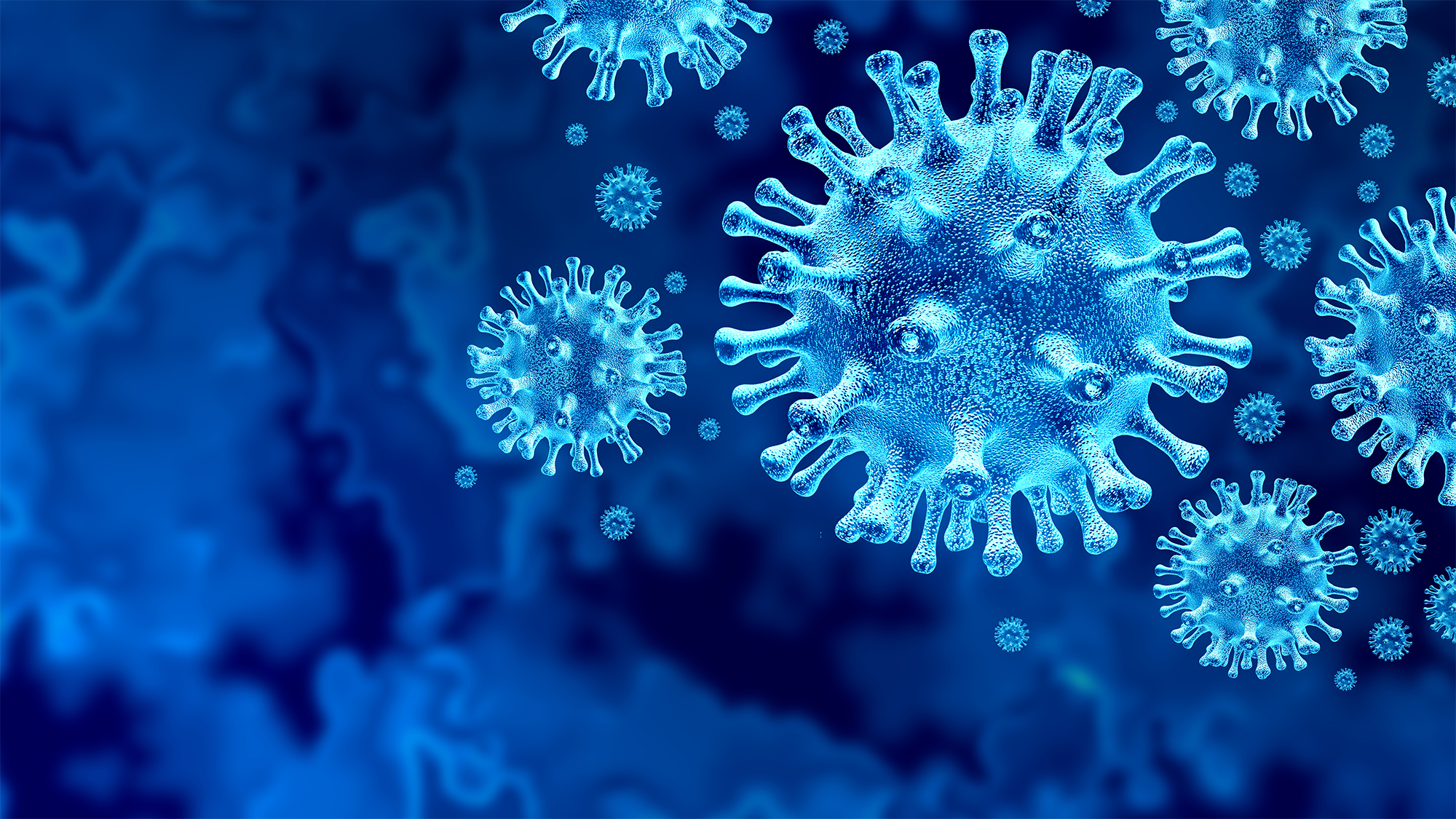With the recent spike of COVID-19 cases in Hawaii, the Hawaii State Teachers Association demands that the Hawaii Department of Health and the Hawaii Department of Education revise the standard used to determine school learning models.
The current models are based on two sets of seven-day daily averages ending each Wednesday. Because of the lag, Thursday’s 322 cases will not be fully factored in and won’t cause changes to schools’ instructional models until two weeks from now.
"The current model is like being in the middle of a hurricane, but waiting until two weeks later to close schools," said HSTA President Corey Rosenlee.
The current process is not responsive enough. When Lanai experienced a spike in cases in October, the Hawaii Department of Health guidance still indicated an in-person learning model despite the seven-day daily average from Oct. 14 through Oct. 20 being well into the learning from home range. Fortunately, the HIDOE did not wait for two weeks and went immediately to distance learning on Lanai, which was a prudent decision.
"The safer and better approach would be to use the current seven-day rolling average,” Rosenlee added.
More recently, Maui's seven-day average daily cases came to 11.9 for the week of Dec. 24 to Dec. 30, and 18.5 for Dec. 31 to Jan. 6, for an average of 15.2, edging Maui to the upper threshold of the blended learning model for elementary schools and learning from home for secondary schools. Using the rolling seven-day average, the numbers for Maui are 21.1 new cases per 100,000, which would put Maui firmly at the learning from home model for all students.
Most Maui schools are in the learning from home model, but there are still some school principals refusing to move to distance learning, even with the rapid increase in community spread.
Using the current methodology, Oahu falls in the blended learning model, but switching to a seven-day rolling average would mean Oahu would change to blended learning for elementary schools and learning from home for secondary schools.
"The frustrating thing is that we are just days and weeks from many teachers in Hawaii getting vaccinated. As more people in Hawaii get vaccinated, numbers will go down. We need to be patient for just a little longer," Rosenlee said.

